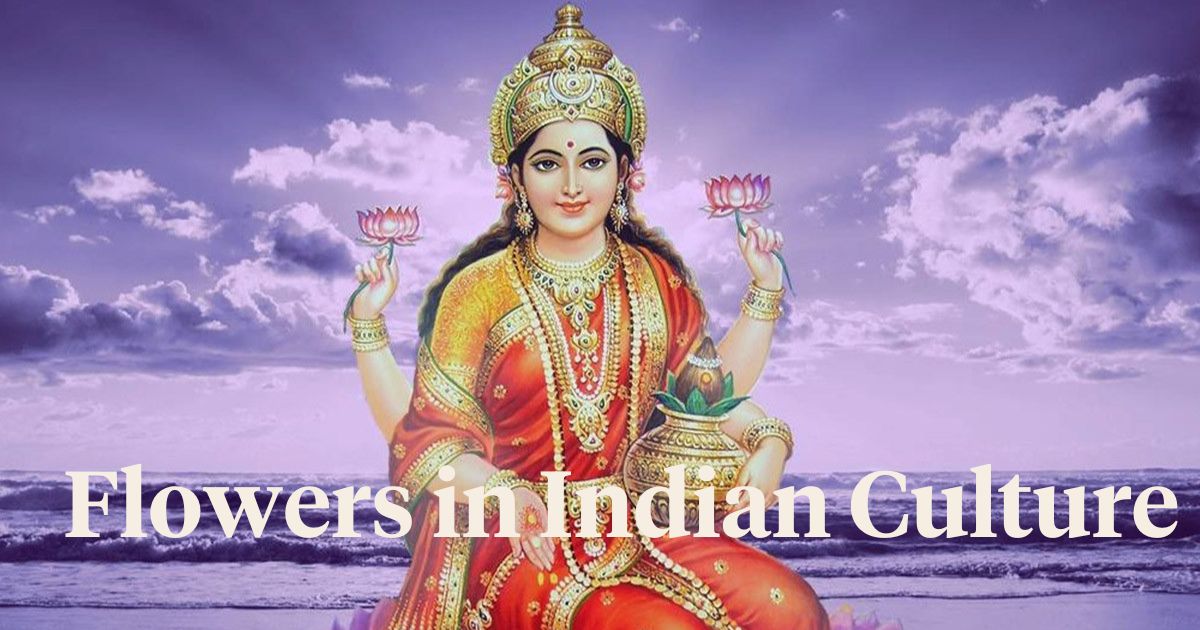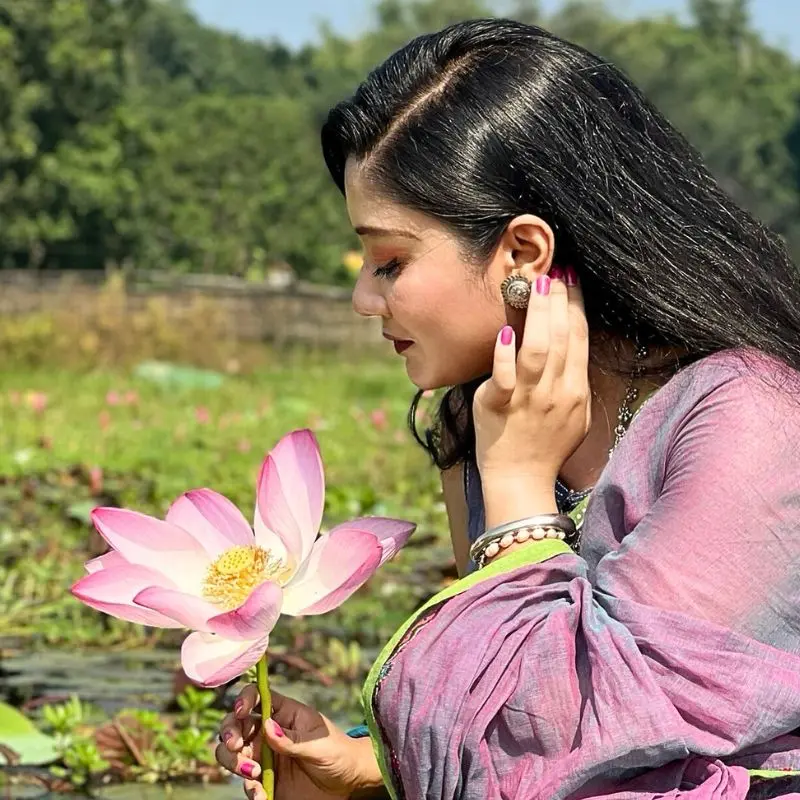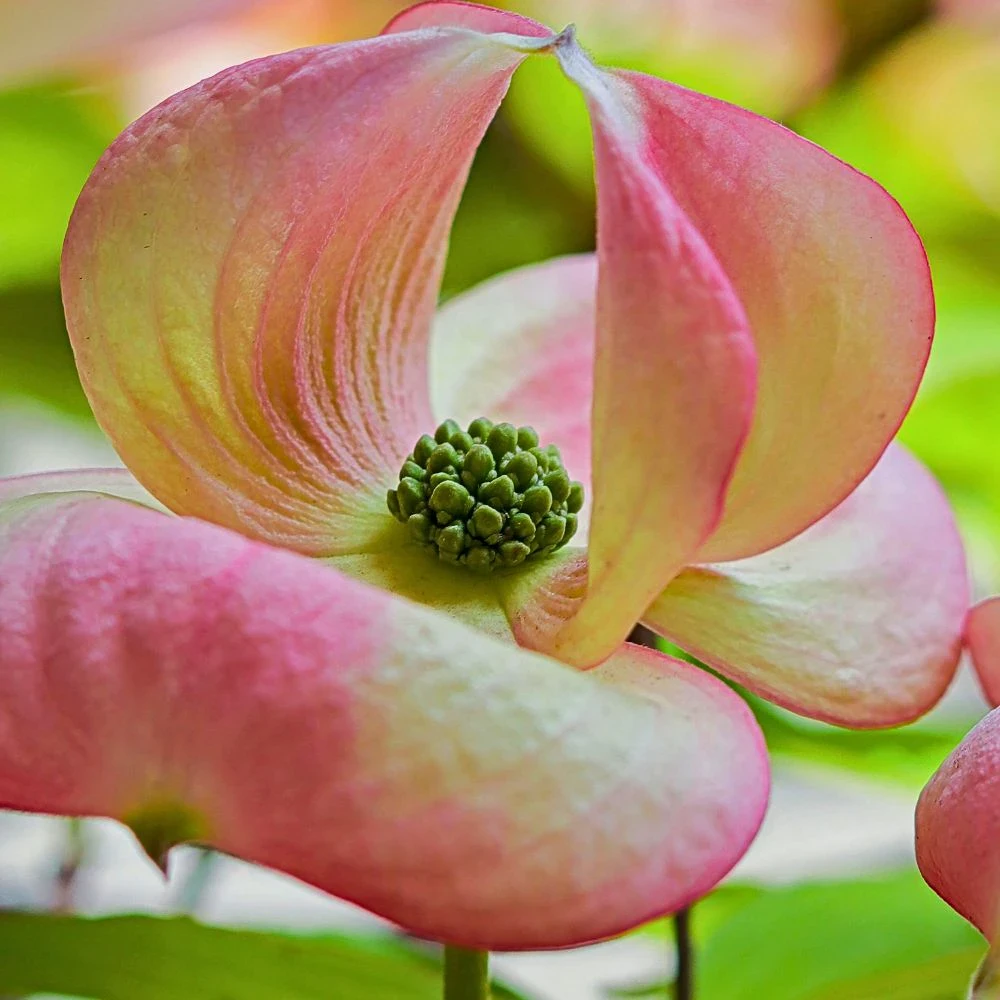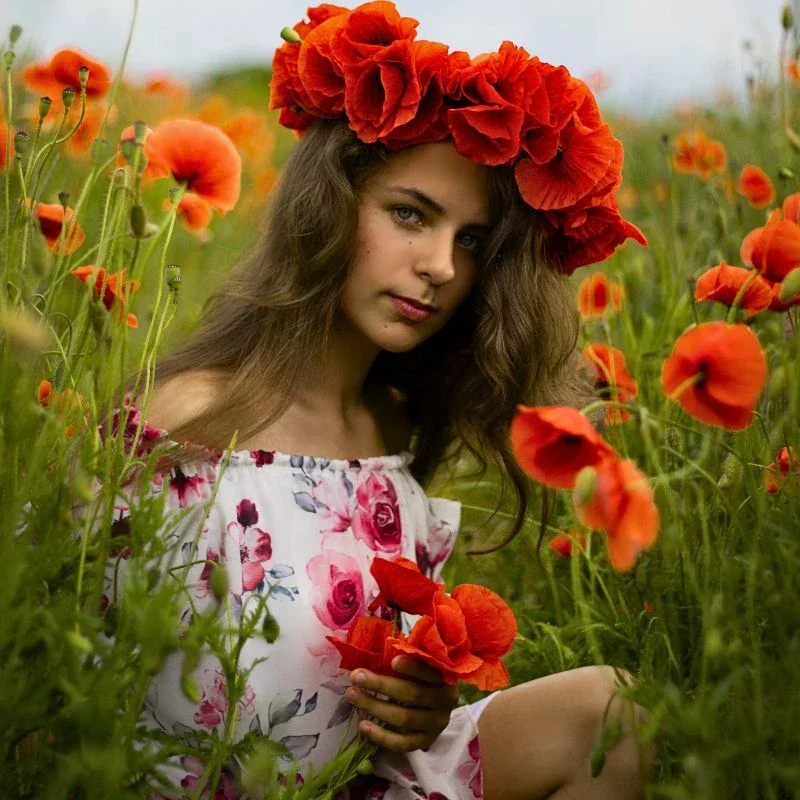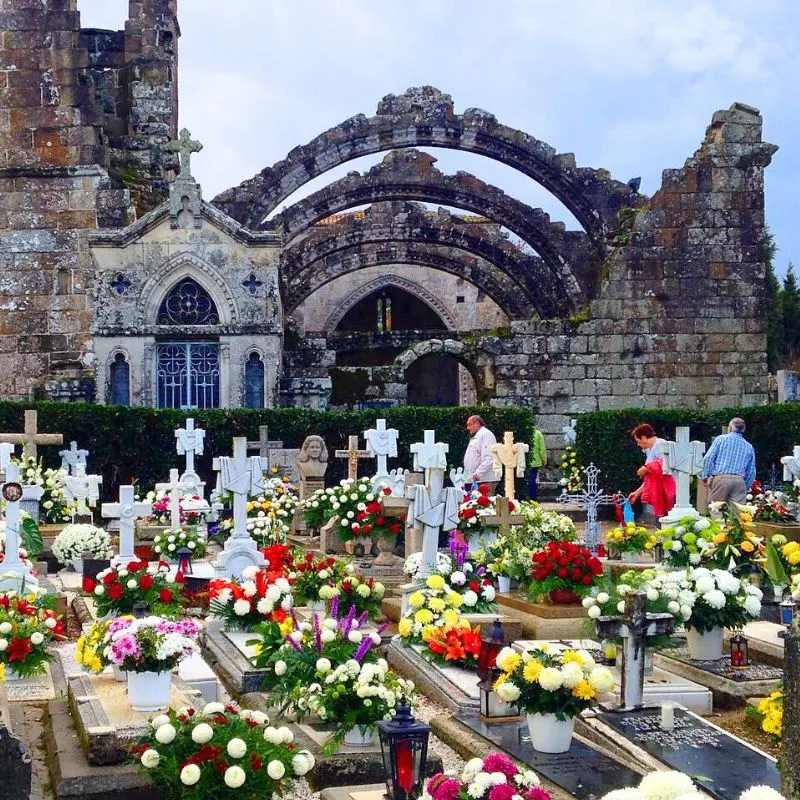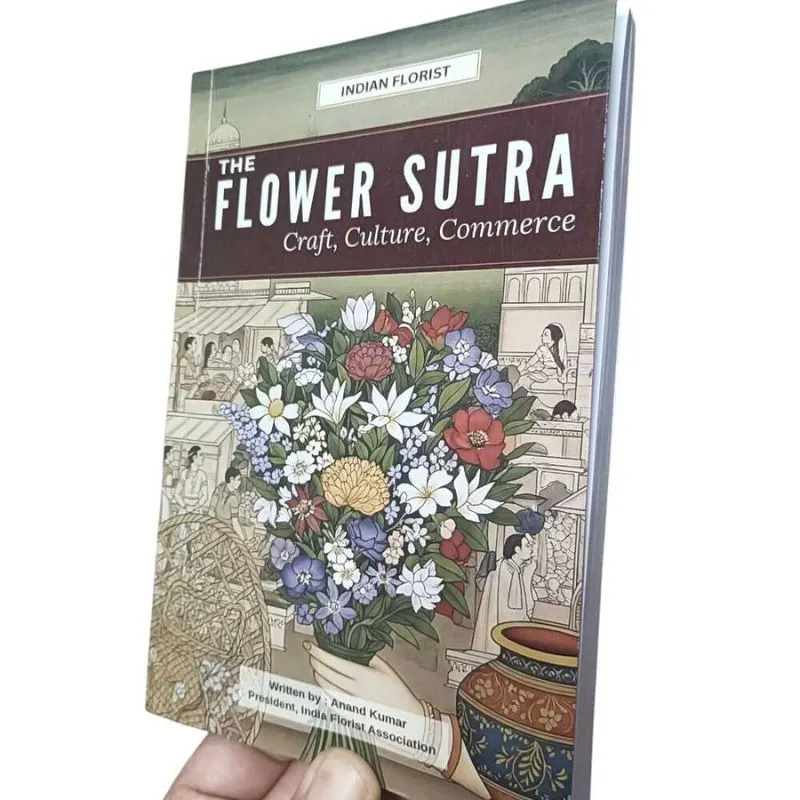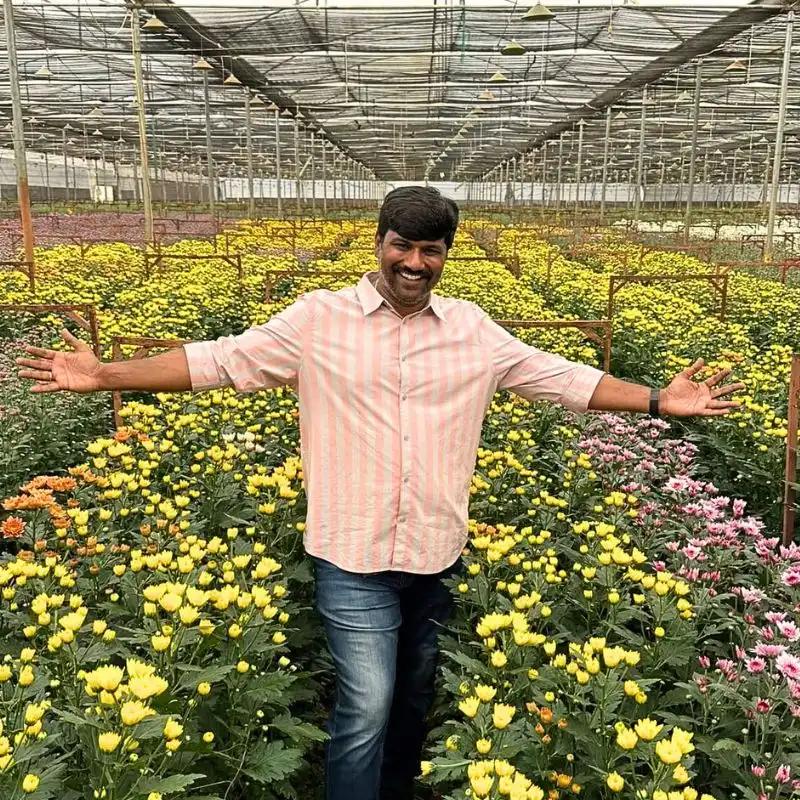Flowers play an important role in Indian culture. And India is a country full of flowers. Many of these have symbolic value. According to Dr. Chandra Shekhar Gupta, botanist, plant pathologist, and self-declared nature-loving person, "flowers represent the country’s unity in the form of diversity, liveliness, and generosity, providing it a rich cultural fragrance and values. A single flower or a bunch of flowers can gladden the mind and confer prosperity."
Here is a beginner's guide to the Indian Flower Galaxy and the symbolism of Indian flowers.
Flowers Represent India's Unity
Dr. Chandra: "In the various traditions, flowers have forever been associated with the Creator, religion, and worship with innumerable myths, and legends across. Similarly, flowers have forever remained an integral part of Indian culture." He continues: "In every phase of life’s celebrations, festivals and prayers, flowers hold a special position.
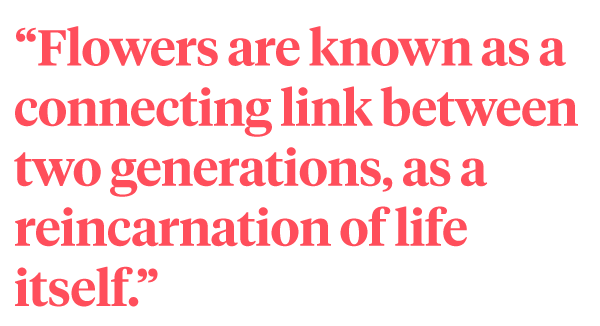
Apart from their amazing beauty of form, color, fragrance, and texture, there is something more. It's an indefinable, subtle, and mysterious quality of flowers. It is this subtle element — their soul — which has given the flowers such a special place in every culture." In India, the worship of God is called Pooja. In the Pooja/prayer, at a place of God, people offer flowers and garlands to the idols or deities to delight them and with the hope, they will bestow prosperity upon them.
Flowers Inspire
Flowers have inspired many architectural concepts and styles; they were used as templates in both religious and yogic practices, as well as ornaments, fabric designs, and motifs. Some flowers have been consumed as food and many are known for their medicinal value.
In India, as in many other parts of the world, specific flowers are used for Indian weddings too, read in the article: 'The Best 8 Indian Wedding Flowers'.
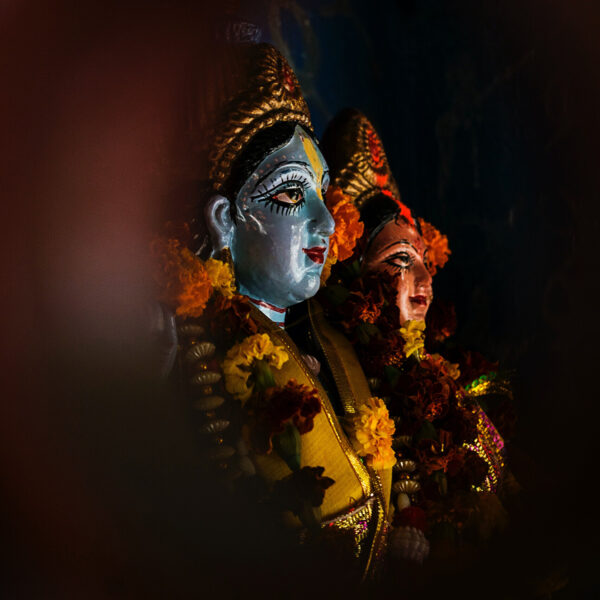
Lotus, the Flower of the Creator
Lotus is the national flower of India and likewise, there is a lot of mythological significance and links to flowers with Indian Gods and Goddesses, more than in any other culture of the world. In Indian mythology, Goddess Lakshmi is depicted as seated on a pink lotus, and Saraswati, or a white one. Lotus is associated with Lord Brahma, the creator, who is depicted as seated on a lotus arising from the navel of Lord Vishnu. Lotus symbols are central in yantra patterns and form part of many designs of decoration in more secular contexts. For Buddhists, the lotus symbolizes divinity, fertility, wealth, knowledge, and enlightenment. Lotus also gains significance as the national flower of India.
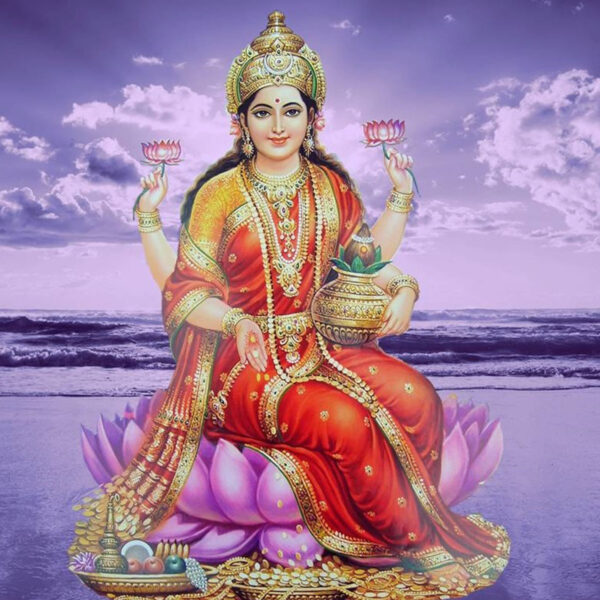
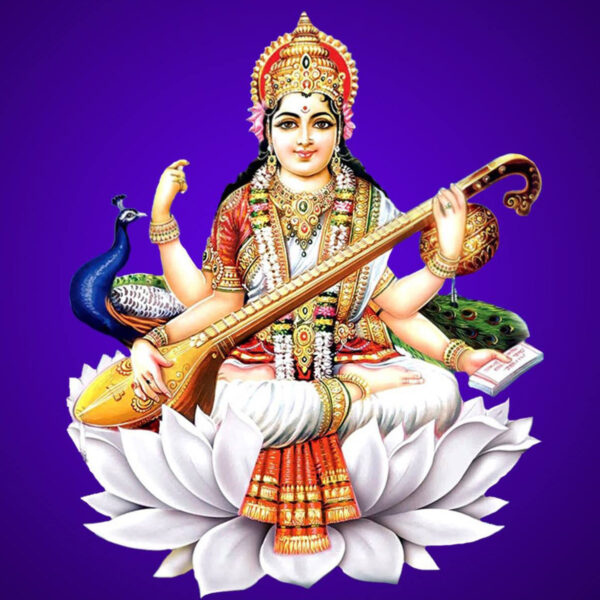
The Indian Symbolism of the Jasmine Flower, Tulsi Leaf, and Manjaris
In the southern part of India, Yuthika is the name of a beautiful Jasmine vine with fragrant, attractive white flowers. The flower has traditionally been a part of a lady’s dress — especially for one who appreciates fragrant flowers. Stories and songs of Krishna are full of references to jasmine flowers, such as Kalita-lalita-vanamala. Kalita means "very beautiful and astonishing," and it refers to Krishna’s garland of forest flowers. That garland is made by Radha (Wife of Lord Krishna) from beli (Jasmine Sambac), Chameli and Juhi (species of Jasmine) flowers, and also from tulsi leaves (ocimum) and manjaris (ocimum Inflorescence).
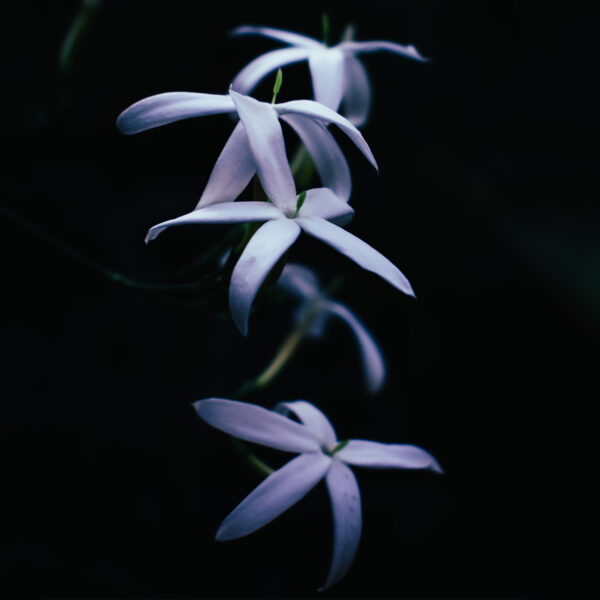
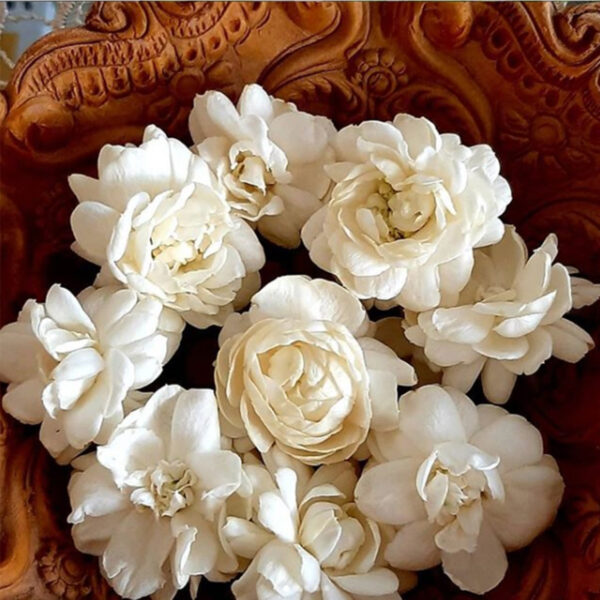
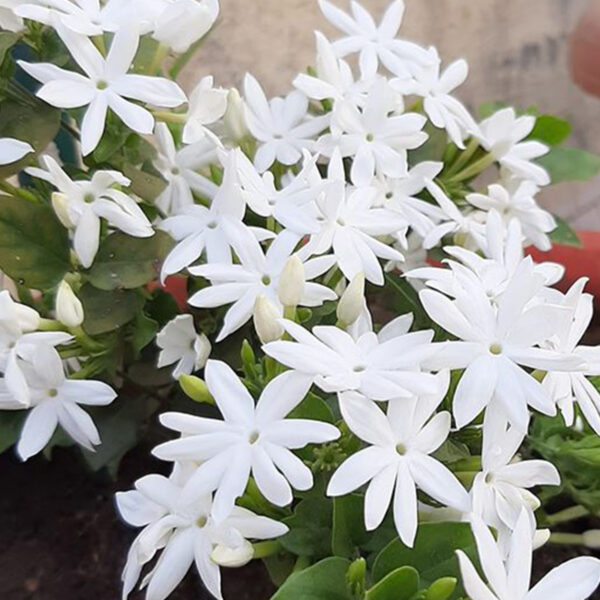
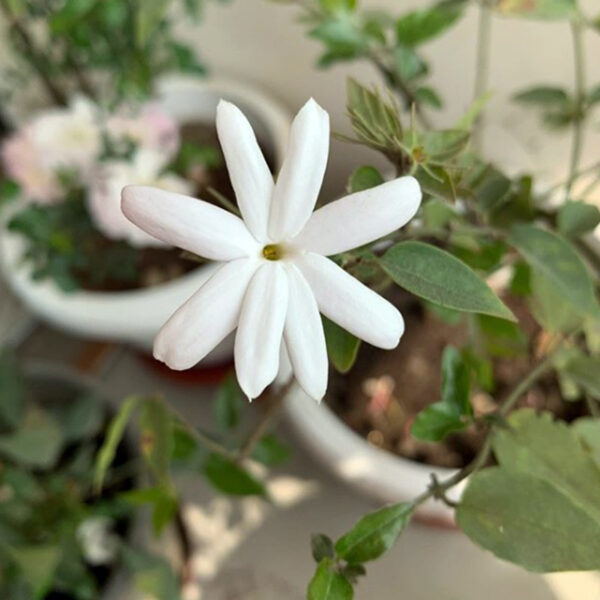
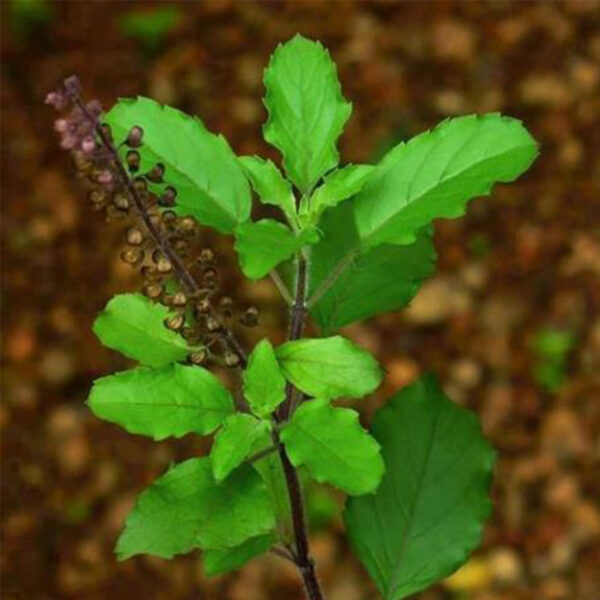
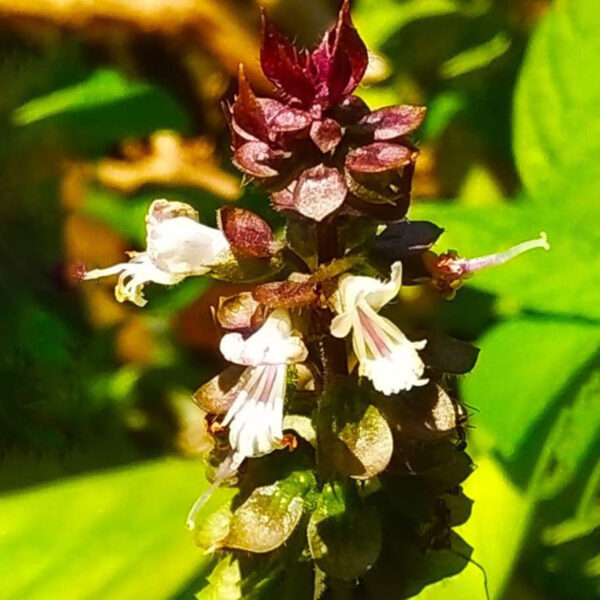
Marriage is More than a Holy Union
In Indian culture, marriage symbolizes not just the holy union of two individuals, but of the coming together of two families and the extension of the relationship between the families. Their level of involvement is so profound that typically the family decides the bride/groom. I can’t imagine that a marriage can be complete without flowers. The fragrance and beauty of flowers can only complete the bond between two love birds and one couple. In the marriage ceremony, from start to finish each step becomes full of flowers.
A Traditional Indian Wedding Ceremony
Traditional Indian weddings start with pre-wedding ceremonies like the beautification of the bride and groom with turmeric powder mixed with essential oils like jasmine, rose, and some other fragrances. This is followed by a Mehendi ceremony, during which the bride’s hands and feet are decorated with intricate patterns by the application of Henna. On a lighter note, it is believed that the deeper the color of the mehendi (henna), the stronger is the groom’s love for the bride. The wedding is usually held at the bride’s home or a wedding hall. The arrival of the groom is an important and fun-filled event. The groom, dressed in his wedding dress, leaves his home for the wedding venue on a decorated horse or a decorated elephant, or maybe in a flower-decorated car. At the wedding venue, the bride waits for the groom, with a Jaimala/Varamala, which is a decorated garland. Soon after the groom arrives, the bride and groom exchange garlands. On a lighter note, it is considered that whoever puts the garland first on their partner will have an upper hand in the marriage.
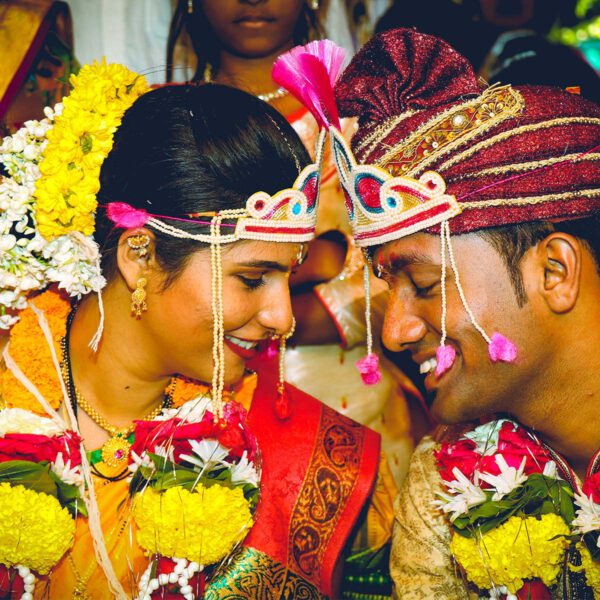
Onam, the Flower Carpet Festival
In Southern India, Onam is one of the biggest festivals and is important in the state of Kerala and somewhat of Tamil Nadu, also. It is a rice harvest festival and is celebrated with joy by people of all communities. The festival of Onam runs for ten days. However, the first day of the festival has a notable feature which is the preparation of Pokkallam or the flower carpet. Rangoli (a decorative design made in living rooms and courtyard floors) or flower carpet is prepared in the front courtyard by the girls of the house to welcome the spirit of King Mahabali, whose honor Onam is celebrated. Boys play a significant role and provide support and help in gathering flowers.
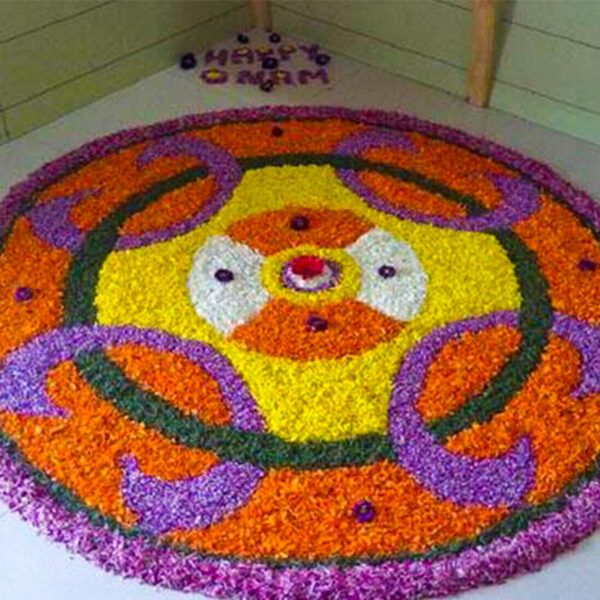
Tag Along with Global Flower Celebrations
India also tags along with all the global flower celebrations. In the recent past, flower decoration is an integral part of birthday celebrations, weddings, anniversaries, or any other social events. And yes, of course also one of the most important days of flowers, Saint Valentine's Day. On this occasion, people offer mostly flowers to their Valentine or loved ones. Some are traditional flowers, like the tagetes, a.k.a. Marygold, but more and more you'd see red roses are given.
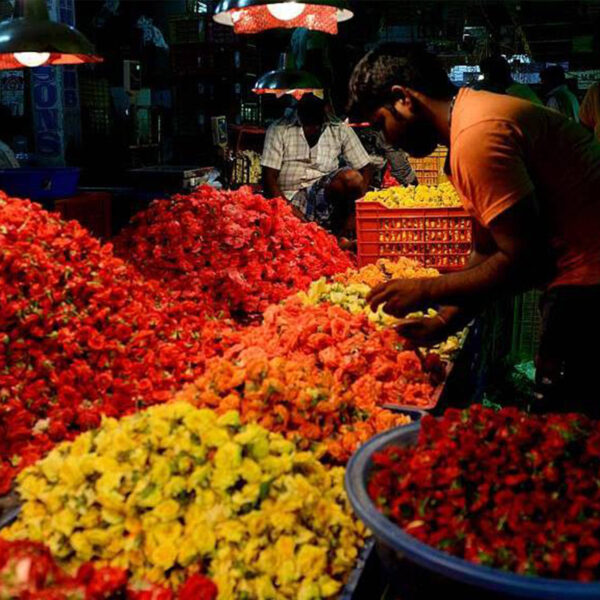
Link Between Generations
Last but not the least, a flower is a reproductive organ of the plant. After pollination and fertilization, it becomes a fruit and provides fruit/grain/seeds, etc. Thus, flowers are also known as a connecting link between two generations. That is a typical way to put it in Indian style; flowers as a kind of reincarnation of life itself. Read the full article of Dr. Chandra Shekhar Gupta on Fragrantica.com.

